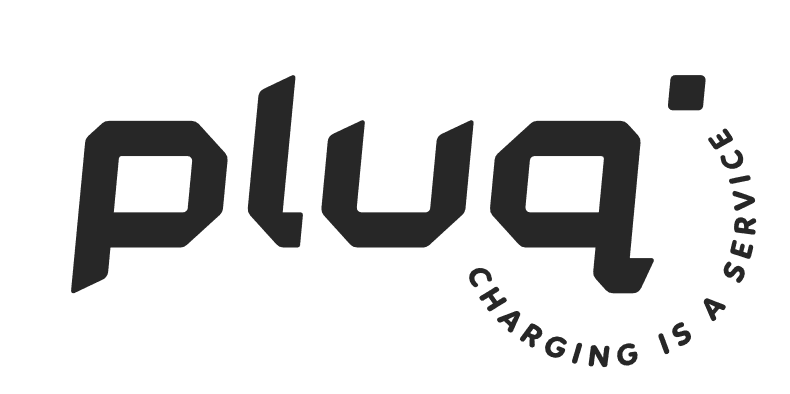The electric vehicle (EV) market has grown at unprecedented speed over the last decade, driven by regulation, innovation, and shifting consumer behaviour. For years, the narrative has been that fast charging is the holy grail. But a closer look shows the opposite: slow charging is emerging as the real game-changer. Why? Because it rewrites the rules of time, infrastructure, and convenience.
Rethinking Charging Infrastructure
DC fast charging requires enormous grid capacity, expensive infrastructure, and high operational costs. Every 350 kW charger is the equivalent of powering dozens of homes. This model is challenging to scale, especially in congested grids. Slow charging, by contrast, works with the rhythm of the grid. By spreading demand over hours instead of minutes, it prevents peaks, reduces the need for costly upgrades, and integrates seamlessly into workplaces, hotels, retail, healthcare, and homes.
Impact on EV Design and Battery Health
Frequent fast charging accelerates battery degradation. High currents generate heat, stress battery chemistry, and shorten lifespan. Real-world fleet data confirms this: Geotab found that vehicles charged often on DC fast chargers show a quicker decline in usable capacity, especially in warmer climates. Engineering analyses, such as those discussed in the Taycan Forum, explain the mechanism: high current can lead to lithium plating and accelerated wear.
Independent tests back this up. A DataOne Software review concluded that over-reliance on DC fast charging reduces usable capacity through thermal stress. And peer-reviewed research published in ScienceDirect quantified the effect: lithium-NMC batteries degraded up to 22% faster when charged repeatedly at 60 kW compared to slower charging cycles.
Slow charging avoids this stress, preserving capacity and ensuring cars hold their value longer. For fleet managers and property owners, this means a lower total cost of ownership and operations. For drivers, it means peace of mind: their battery lasts as long as their car.
Time: From Enemy to Ally
The obsession with charging ‘in minutes’ comes from the petrol-station mindset. But EVs introduce a new relationship with time. Instead of making charging faster, we can make it disappear. Cars charge while you sleep, while you work, while you shop, while you relax. The time you actively spend charging drops to zero. That’s the true definition of fast.
The reality is simple: in most European countries, cars stand still 23 hours per day. Only a few people spend 2+ hours behind the wheel. For this usage pattern, slow charging more than suffices – in fact, it fits perfectly. Fast charging is a solution to an exceptional scenario, not to the everyday reality of driving.
Driving Consumer Adoption and Market Growth
Mass adoption of EVs doesn’t depend on megawatt chargers but on convenience. People don’t want to go somewhere special to charge; they want charging wherever they already are (destination charging). Slow charging enables precisely that: a dense, cost-effective network at offices, apartment blocks, supermarkets, and hotels. Property owners who offer this service gain a competitive edge, turning parking lots into value generators.
It’s no coincidence that investors are backing this model at scale. Pluq, for example, secured €50 million to accelerate the roll-out of its slow charging network across Europe – proof that the future of EV charging lies in accessibility and scale, not in raw speed.
Challenges and Future Prospects
Slow charging is about changing the mindset. Consumers, policymakers, and businesses must move away from the “petrol station 2.0” narrative and embrace distributed, destination-based charging. Smart load balancing, dynamic tariffs, and renewable integration will make slow charging not just the practical choice, but also the sustainable one.
Fast charging solves yesterday’s problem — range anxiety. Slow charging solves today’s and tomorrow’s: grid congestion, battery longevity, and wasting time at DC charging points. The future of EV mobility is all about charging smarter. And that means recognising slow charging as the new fast.

